Nigeria’s inflation rate rises to 33.8% as food prices’ surge persists
The National Bureau of Statistics says Nigeria’s inflation rate was 33.88 percent in October—up from 32.7 percent in September.
The data is captured in the NBS’ latest consumer price index (CPI) report for October, published on Friday.The CPI measures the rate of change in prices of goods and services.
The data bureau said the headline inflation rate in October rose by “1.18% points when compared to the September 2024 headline inflation rate.". The CPI measures the rate of change in prices of goods and services.
The data bureau said the headline inflation rate in October rose by “1.18% points when compared to the September 2024 headline inflation rate”.
“On a year-on-year basis, the Headline inflation rate was 6.55% points higher than the rate recorded in October 2023 (27.33%),” NBS said.
“This shows that the headline inflation rate (on a year-on-year basis) increased in October 2024 when compared to the same month in the preceding year (i.e., October 2023).
“Furthermore, on a month-on-month basis, the headline inflation rate in October 2024 was 2.64%, which was 0.12% higher than the rate recorded in September 2024 (2.52%).
“This means that in October 2024, the rate of increase in the average price level was higher than the rate of increase in the average price level in September 2024.”
‘INCREASE IN RICE, YAM PUSHED FOOD INFLATION RATE TO 39.16%’
The NBS also said the food inflation rate in October surged to 39.16 percent, compared to 33.77 percent in September.
On a year-on-year basis, the food inflation rate was 7.64 percent higher compared to the rate recorded in October 2023 (31.52 percent).
“The rise in food inflation on a year-on-year basis was caused by increases in prices of the following items: guinea corn, rice, maize grains, etc. (Bread and Cereals Class), Yam, Water Yam, Coco Yam, etc. (Potatoes, Yam, & Other Tubers Class), Palm Oil, Vegetable Oil, etc. (Oil and Fats Class), and Milo Lipton, Bourvita, etc. (Coffee, Tea & Cocoa Class),” the bureau added.
The statistics firm also said the month-on-month food inflation rate in October was 2.94 percent, showing a rise of 0.3 percent compared to the 2.64 percent recorded in September.
“The rise can be attributed to the rate of increase in the average prices of Palm Oil, Vegetable oil, etc (Oil & Fats Class), Mudfish, Croaker (Apo), Fresh fish (Obokun), etc (Fish Class), Dried Beef, Goat Meat, Mut-ton, Skin meat, etc (Meat Class), and Bread, Guinea Corn flour, Plantain flour, Rice, etc (Bread and Cereals Class),” the NBS said.
“The average annual rate of food inflation for the twelve months ending October 2024 over the previous twelve-month average was 38.12%, which was an 11.79% point increase from the average annual rate of change recorded in October 2023 (26.33%).”
According to The Cable, the report said Sokoto state (52.18 percent), Edo (46.55 percent), and Borno (45.85 percent) spent more on food in October, while Kwara (31.68 percent), Kogi (33.30 percent), and Rivers (33.87 percent) recorded the slowest rise in food inflation on a year-on-year basis.
On the other hand, Adamawa (5.08 percent), Sokoto (4.86 percent), and Yobe (4.34 percent) states had the highest food inflation month on month.
According to the NBS, such as Kwara (1.11 percent), Ondo (1.31 percent), and Kogi (1.50 percent), recorded the slowest rise in food inflation in October 2024.
The National Bureau of Statistics says Nigeria’s inflation rate was 33.88 percent in October—up from 32.7 percent in September.
The data is captured in the NBS’ latest consumer price index (CPI) report for October, published on Friday.
The CPI measures the rate of change in prices of goods and services.
The data bureau said the headline inflation rate in October rose by “1.18% points when compared to the September 2024 headline inflation rate.". The CPI measures the rate of change in prices of goods and services.
The data bureau said the headline inflation rate in October rose by “1.18% points when compared to the September 2024 headline inflation rate”.
“On a year-on-year basis, the Headline inflation rate was 6.55% points higher than the rate recorded in October 2023 (27.33%),” NBS said.
“This shows that the Headline inflation rate (on a year-on-year basis) increased in October 2024 when compared to the same month in the preceding year (i.e., October 2023).
“Furthermore, on a month-on-month basis, the headline inflation rate in October 2024 was 2.64%, which was 0.12% higher than the rate recorded in September 2024 (2.52%).
“This means that in October 2024, the rate of increase in the average price level was higher than the rate of increase in the average price level in September 2024.”
‘INCREASE IN RICE, YAM PUSHED FOOD INFLATION RATE TO 39.16%’
The NBS also said the food inflation rate in October surged to 39.16 percent, compared to 33.77 percent in September.
On a year-on-year basis, the food inflation rate was 7.64 percent higher compared to the rate recorded in October 2023 (31.52 percent).
“The rise in food inflation on a year-on-year basis was caused by increases in prices of the following items: guinea corn, rice, maize grains, etc (Bread and Cereals Class), Yam, Water Yam, Coco Yam, etc (Potatoes, Yam, & Other Tubers Class), Palm Oil, Vegetable Oil, etc (Oil and Fats Class) and Milo Lipton, Bourvita, etc (Coffee, Tea & Cocoa Class),” the bureau added.
The statistics firm also said the month-on-month food inflation rate in October was 2.94 percent, showing a rise of 0.3 percent compared to the 2.64 percent recorded in September.
“The rise can be attributed to the rate of increase in the average prices of Palm Oil, Vegetable oil, etc (Oil & Fats Class), Mudfish, Croaker (Apo), Fresh fish (Obokun), etc (Fish Class), Dried Beef, Goat Meat, Mut-ton, Skin meat, etc (Meat Class), and Bread, Guinea Corn flour, Plantain flour, Rice, etc (Bread and Cereals Class),” the NBS said.
“The average annual rate of food inflation for the twelve months ending October 2024 over the previous twelve-month average was 38.12%, which was an 11.79% point increase from the average annual rate of change recorded in October 2023 (26.33%).”
According to The Cable , The report said Sokoto state (52.18 percent), Edo (46.55 percent), and Borno (45.85 percent) spent more on food in October, while Kwara (31.68 percent), Kogi (33.30 percent) and Rivers (33.87 percent), recorded the slowest rise in food inflation on a year-on-year basis.
On the other hand, Adamawa (5.08 percent), Sokoto (4.86 percent), and Yobe (4.34 percent) states had the highest food inflation month-on-month.
According to the NBS, such as Kwara (1.11 percent), Ondo (1.31 percent) and Kogi (1.50 percent) recorded the slowest rise in food inflation in October 2024.
-
Previous Post
Sango Fire Outbreak: Senator Sympathies With Victi..
-
Next Post
Two Arraigned For Stealing N50 Million Worth Of Ir..

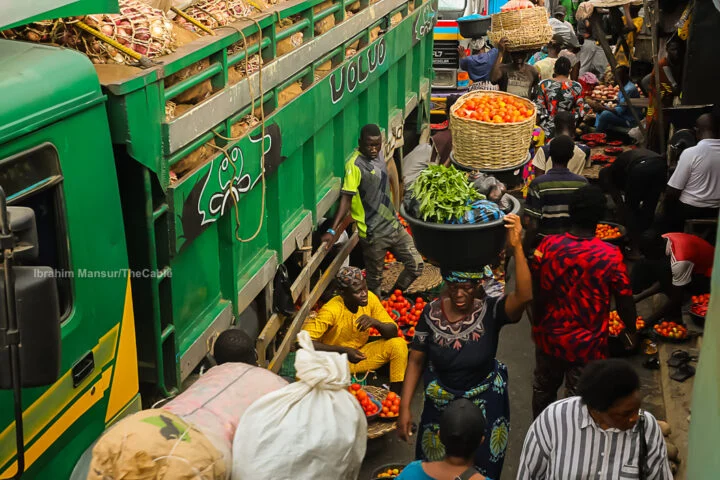


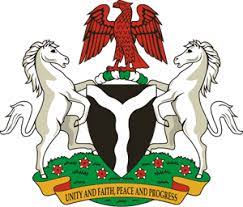
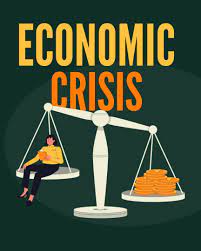





















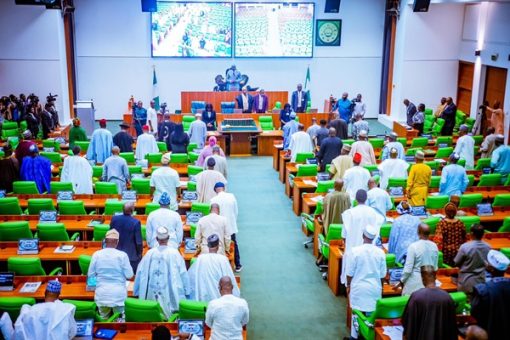






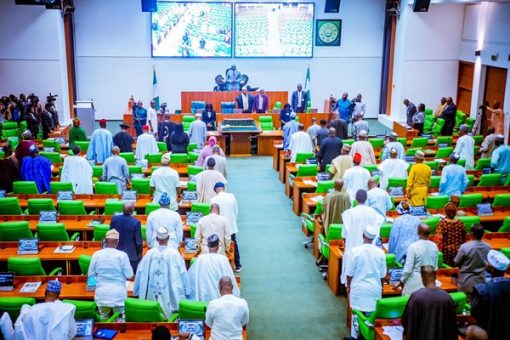

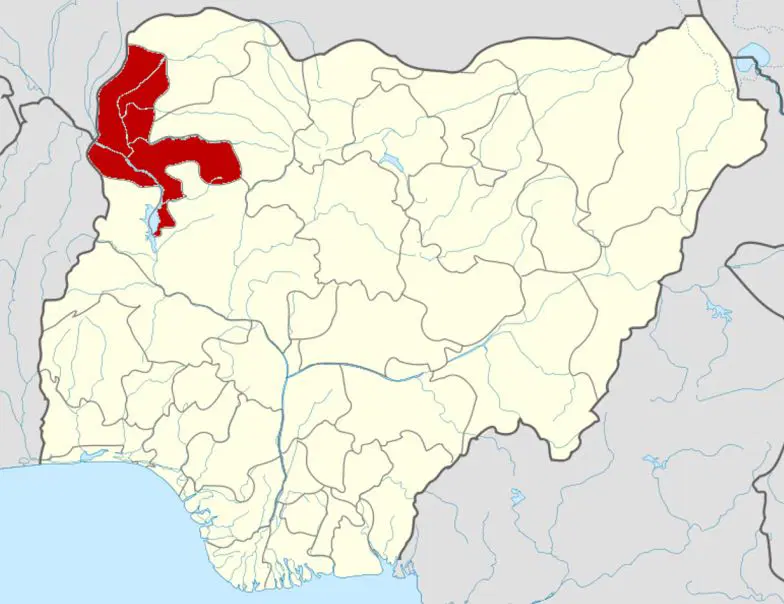


.webp)


